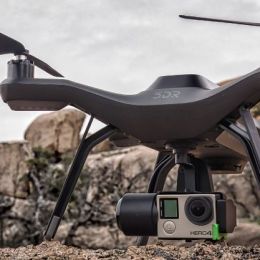Introduction
If you have to shoot in cold weather conditions, then you need to prepare in advance for this, since low temperatures make their own adjustments not only to the shooting process itself, but also to the operation of the equipment involved. In this article, we have collected ten practical recommendations that will allow the drone user to fully prepare for shooting in low / negative temperatures, in order to avoid trivial mistakes later and get maximum pleasure from the process and undoubtedly the best result. So, let's fly!
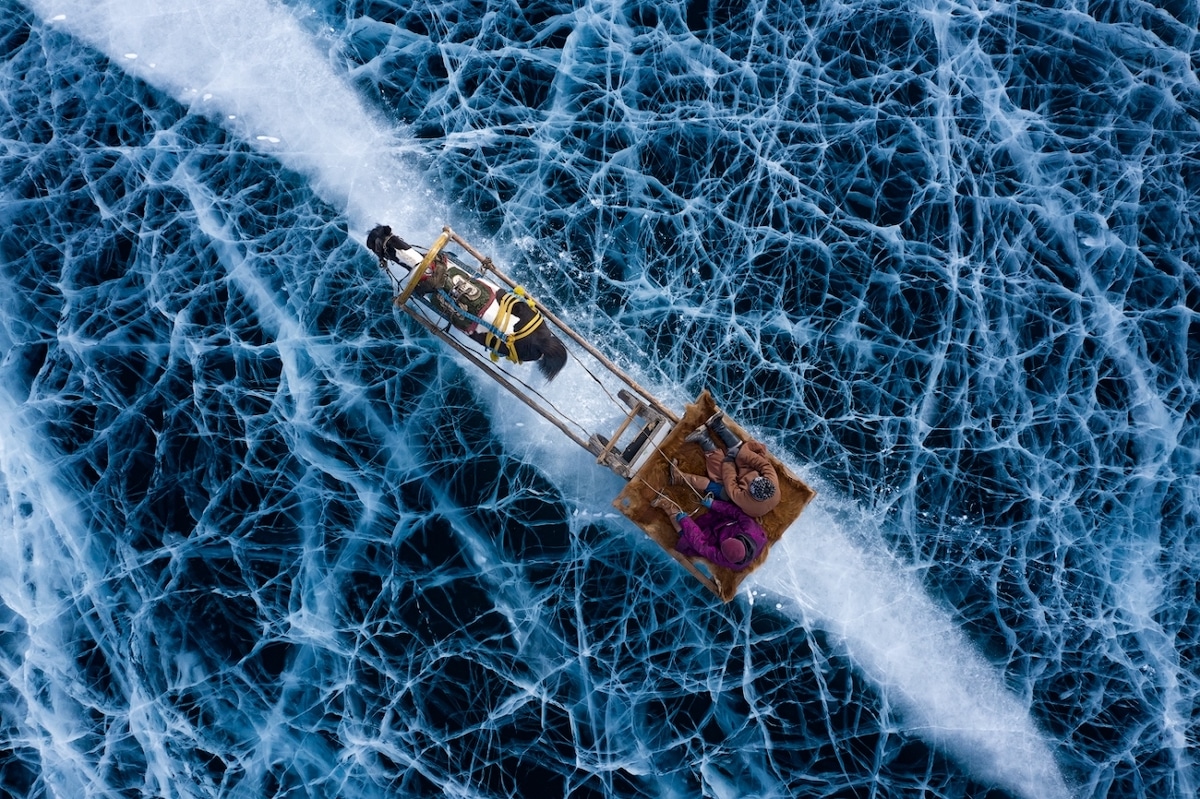
Recommendation # 1
Dress appropriately for the weather. Clothing should not hinder your movements and at the same time should provide comfortable warmth. Sports / tourist warm clothing, if necessary, in tandem with thermal underwear, will allow you to achieve the desired result. Do not forget that thermal underwear, in turn, is divided among themselves based on the level of human activity. In our case, these are mostly stable downtime in one place. Consider this information when choosing.
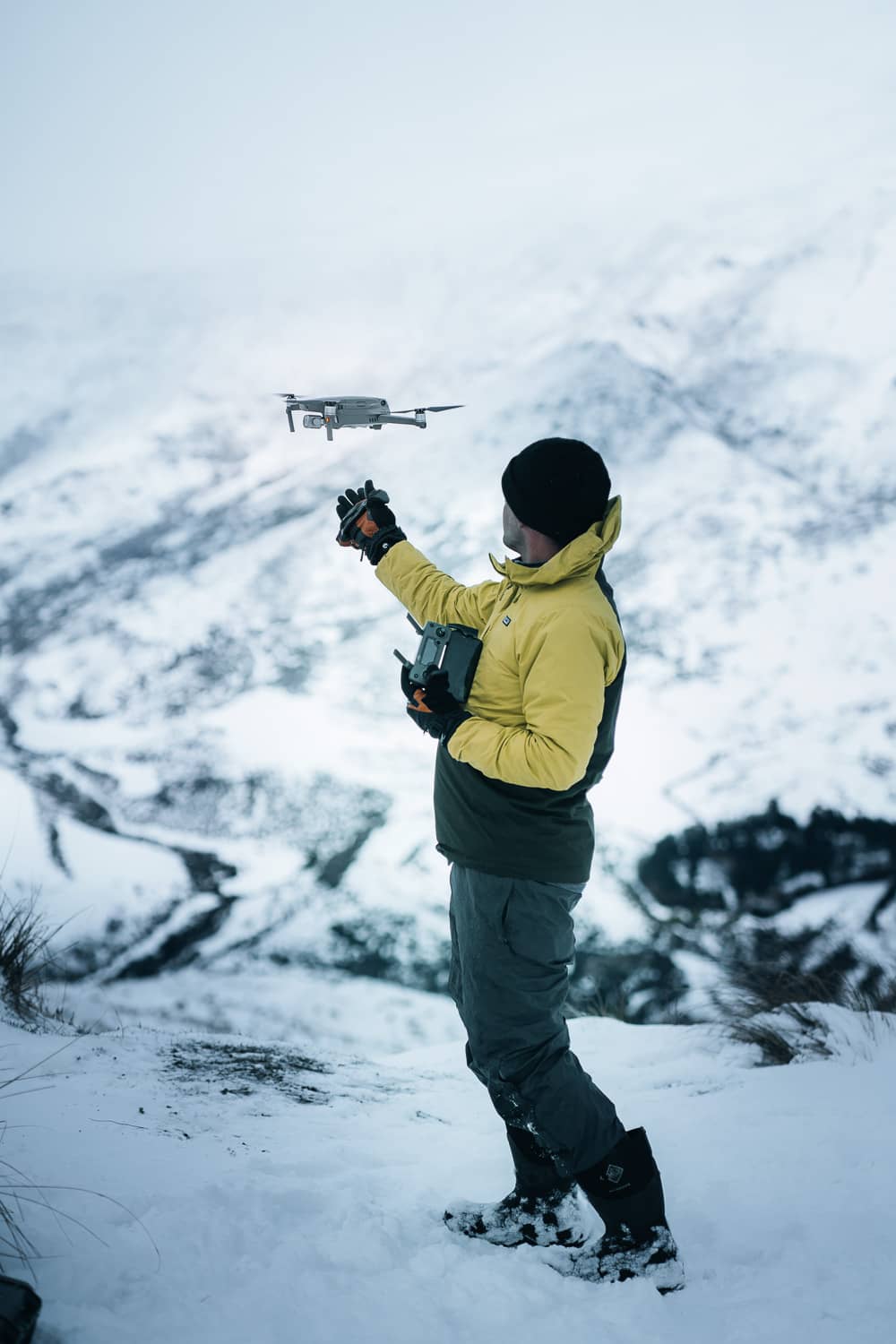
Recommendation # 2
No matter how we insulate, our hands are the first to begin to freeze in one way or another, not allowing us to work comfortably in the cold for a long time. The issue is resolved with a pair of gloves. On the one hand, you can use any, because the main thing is to be comfortable and warm. However, given the constant process of interacting with the touch screen of a paired smart device, “any gloves” are least suitable for shooting from a drone, since they do not allow working with the application menu without removing gloves. Therefore, in this case, the first option is gloves with open fingertips, they are also called " Mitts

Life hack hobby! There are times when the ability of such gloves to contact the touch screen deteriorates, in which case, just lick the tips of the working fingers of the glove and everything will go like clockwork.
Recommendation # 3
It's no secret that in conditions of subzero temperatures, batteries are noticeably discharged quickly, especially in devices such as a smartphone / tablet. So always try to keep them warm. Put them in your pocket, close to your body, until it's time to take off. For long-lasting maximum effect, special hand warmers such as Hothands can be used. They are not expensive, the efficiency is 100% (up to 10 hours of heat dissipation). For example, they can be stowed between the iPad and the case, and used directly during the flight, in order to thereby maintain the optimal temperature for the battery of the smart device. There is no need to worry about the fire hazard, such heating pads are safe, non-toxic, ultra-thin, work immediately after activation and do not emit an odor. Extending the operating time of accompanying smart devices, including smartphones and iPads, will allow a portable USB charger
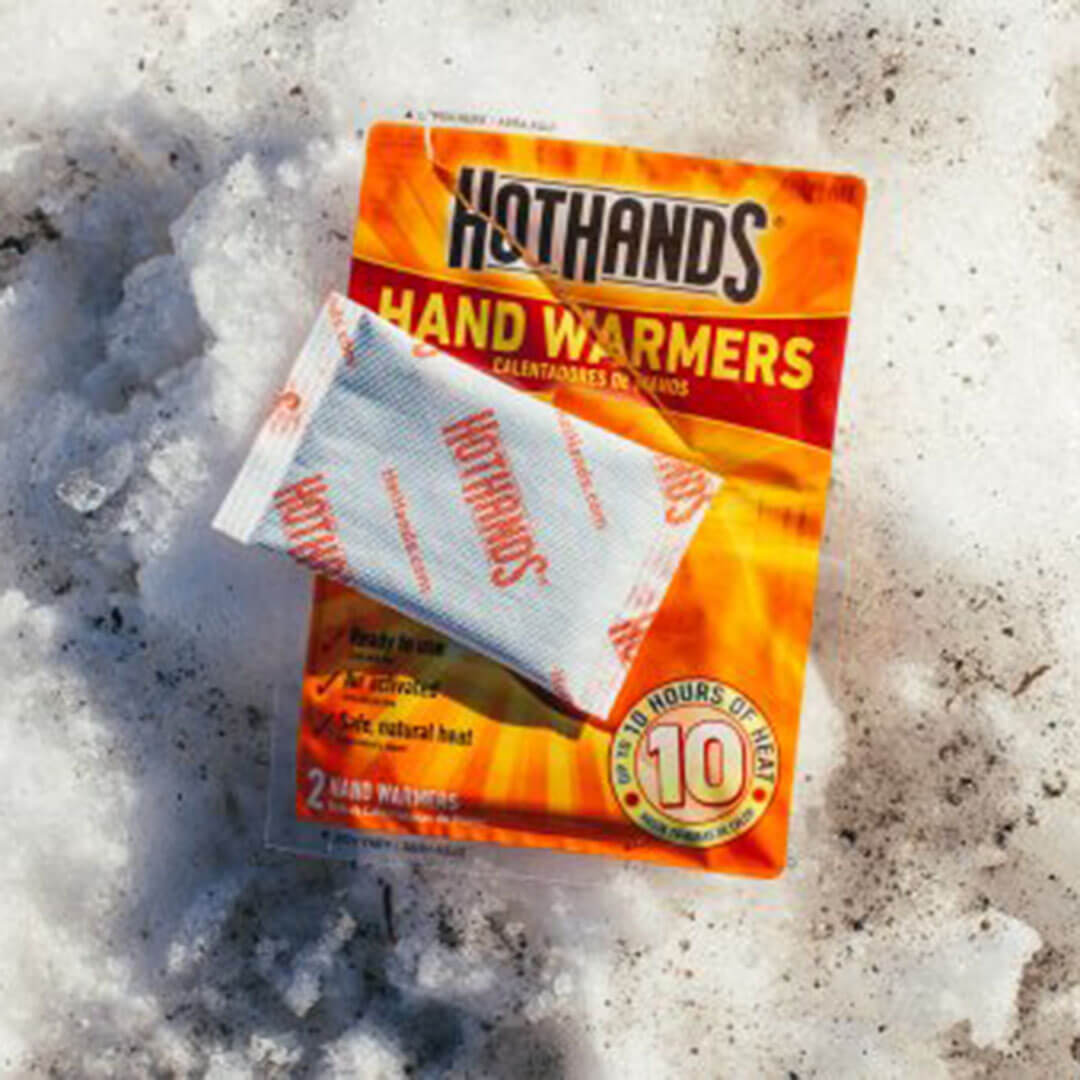
Recommendation # 4
The next thing you have to put up with when flying in the winter is that your drone's battery will drain noticeably faster than it was at positive temperatures. Therefore, be prepared for both a reduction in flight time (on average, the flight time will be about 15-17 minutes), and for an earlier return. Also, it will not be superfluous to familiarize yourself with the specification of the drone, in particular with the power section "drone / remote control", in order to clarify the operating temperature range for each device. Remember, the lower the temperature, the lower the potential of the battery, often accompanied by an unpredictable voltage drop, after which the motors can immediately turn off. Always monitor the current voltage value and battery temperature in the drone battery settings menu using the mobile application. As above, always keep the drone batteries warm before flying.
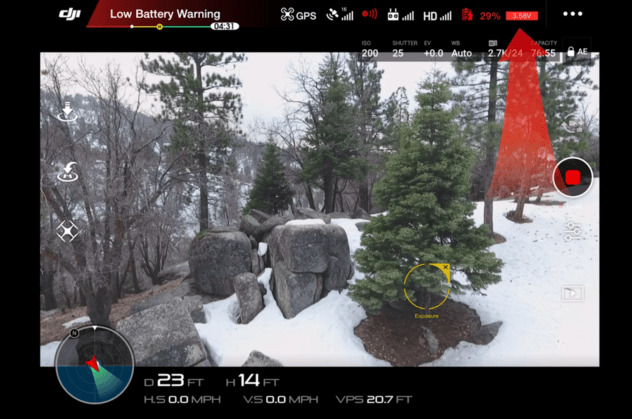
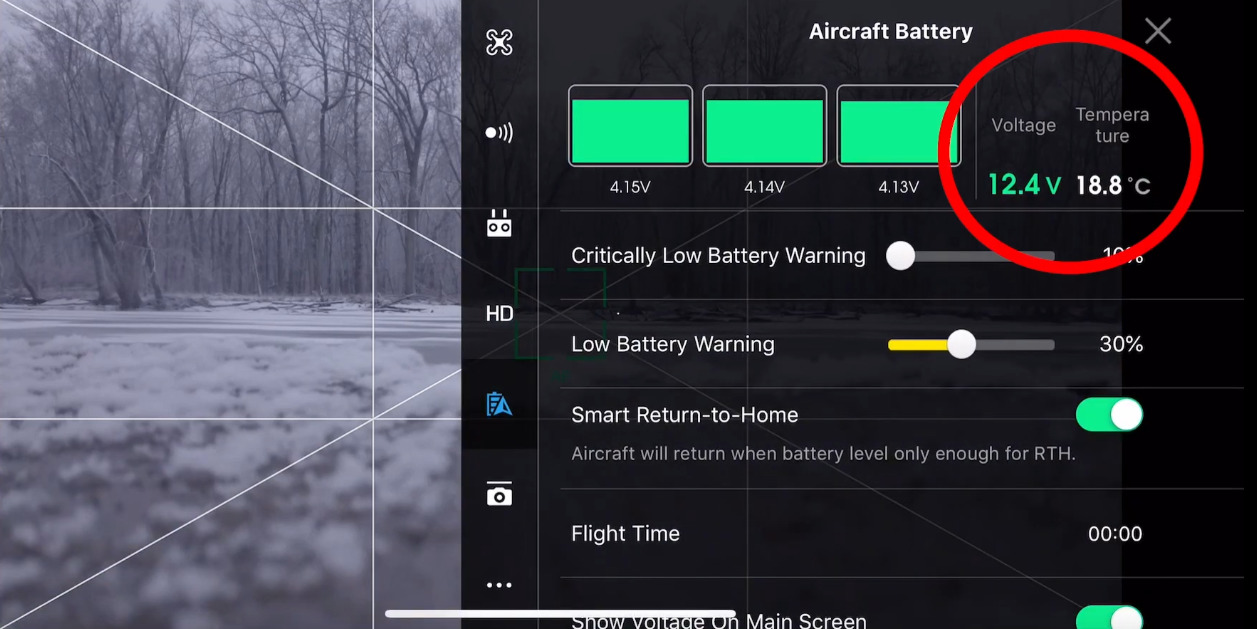
Recommendation # 5
Leave the drone in the open air for a few minutes without battery before starting the launch so that the overall temperature of the drone and its operating components equals the ambient temperature. This approach will avoid lens fogging (usually there is a small spot in the center of the lens on the inside). If this does happen, just put your finger on the lens for 1/2 minute.
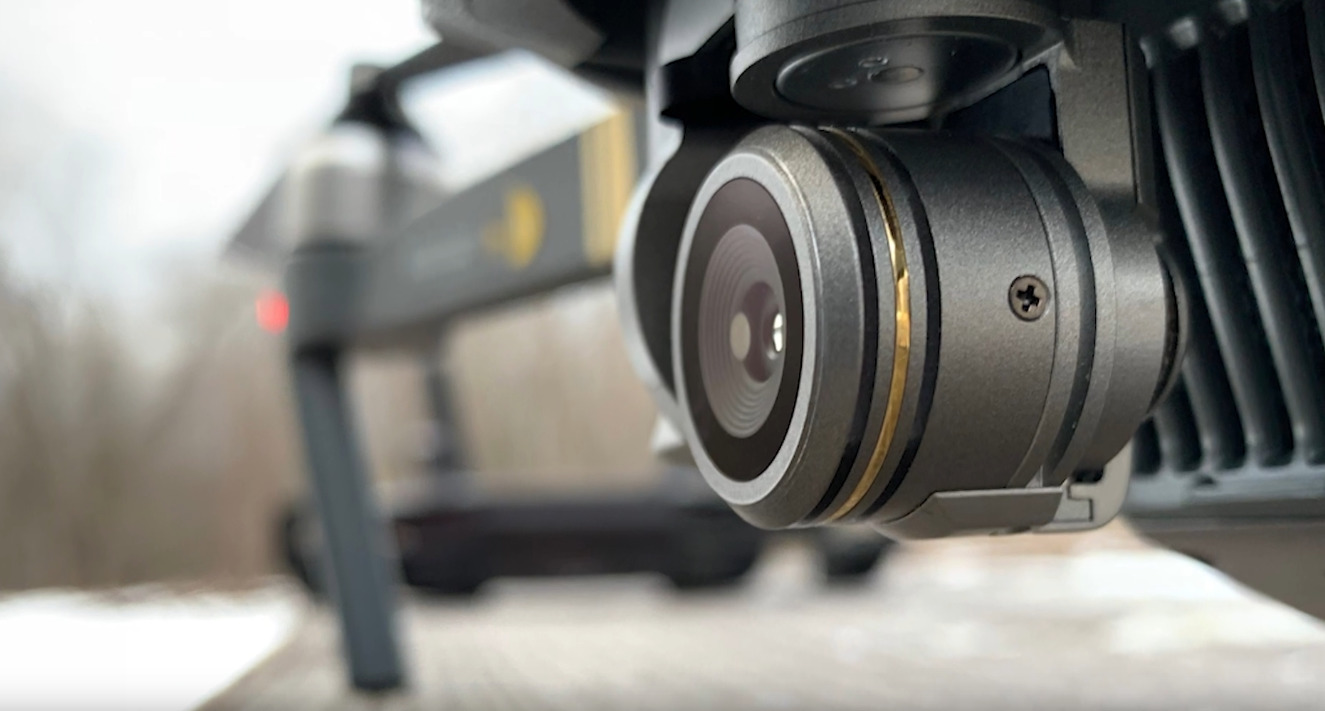
Recommendation # 6
The developer does not recommend launching the drone during a snowfall! This is tantamount to flying in rainy weather and can lead to crash. If at your own peril and risk you still decide to fly in snow, we recommend that you immediately turn off the obstacle detection and flying system, since otherwise you will encounter short stops / turns of the drone in flight, which will ultimately ruin the footage.
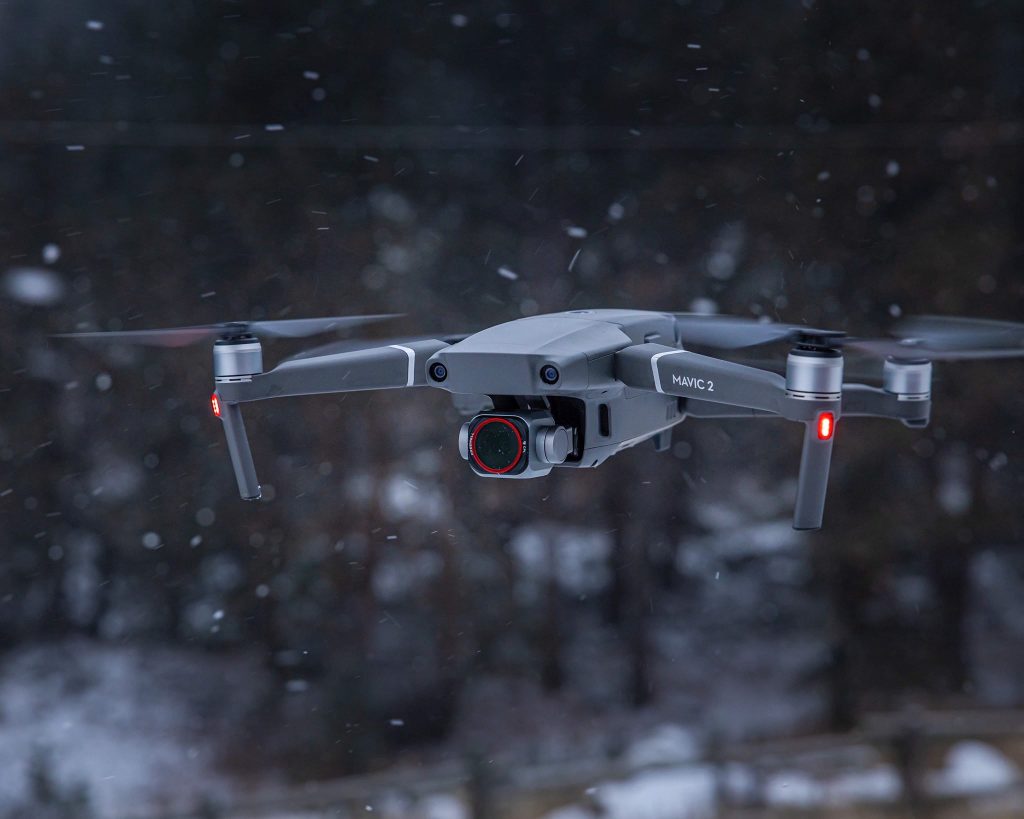
Recommendation # 7
When flying at low altitude, whether it is snow-covered ground or an ice-bound body of water, it is recommended to exercise caution in piloting, as it is possible spontaneous manifestation of some drift of the drone in the upward and downward direction. This is due to the fact that the lower sensor system cannot correctly read information from a white weakly textured surface, which is also warned by the developer in the drone specification.
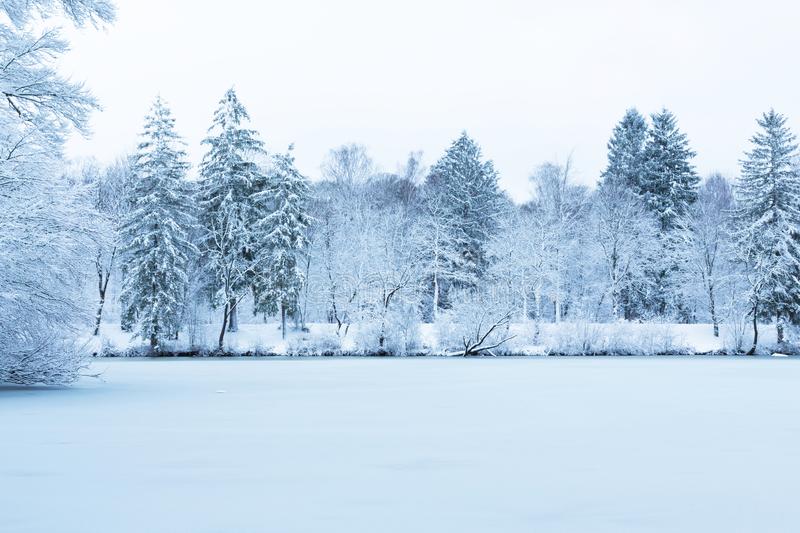
Recommendation # 8
If it is not possible to launch / land the drone from a dry / snowless and flat surface, it would be best to take off from the hand and sit on the hand (required exercise of caution when performing this method of takeoff and landing).
Recommendation # 9
After launching the drone, do not rush to immediately start climbing and flying. Hold on for a minute. Pay your attention to any flaws in the behavior of the drone when holding a position, whether it clearly responds to light / short manipulations of the control sticks, etc. If something is wrong or looks suspicious, land the drone and visually inspect it. Make sure once again that the propellers are securely fixed and in their intact condition, and also go to the section of the mobile application " Aircraft Status
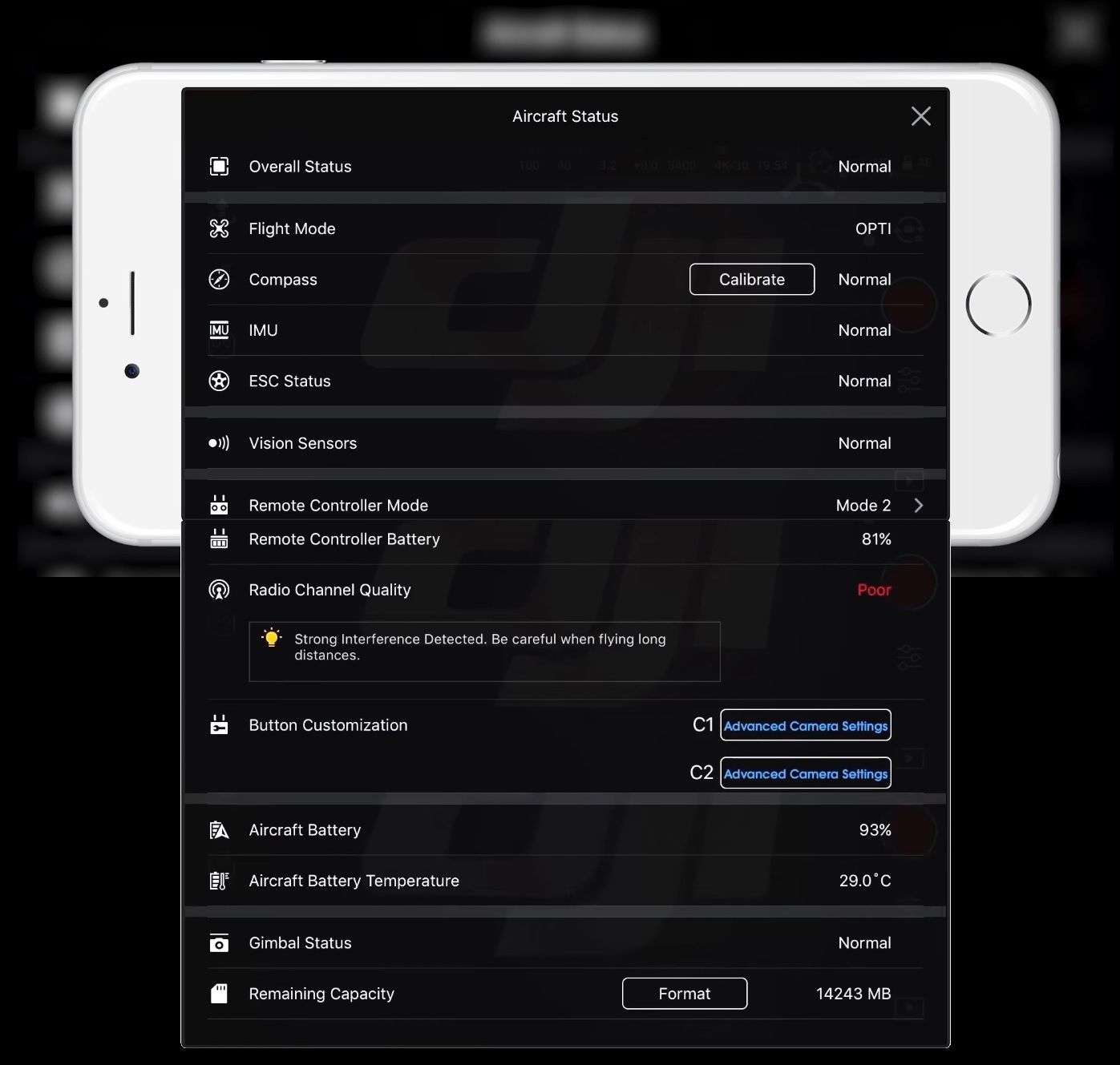
Recommendation # 10
And finally, a few words about the shooting itself. It should be borne in mind that snow and ice are very bright surfaces and reflect a lot of light even on cloudy days. Use polarizing and ND filters to compensate for excess light. Believe me, the final result is worth buying, as you will be able to make sure of it more than once.

To summarize
Before proceeding with any business, it is important to analyze all the nuances that can be easily foreseen in the process of a simple analysis of future actions. Obviously, the future safety of the drone and, of course, the final result in the shooting depends on how you prepare for the "cold flight".
If you have anything to add, let us know in the comments below, and we'll be happy to complement this review with your experiences. We hope our recommendations were useful to you. Thank you for the attention.
.


